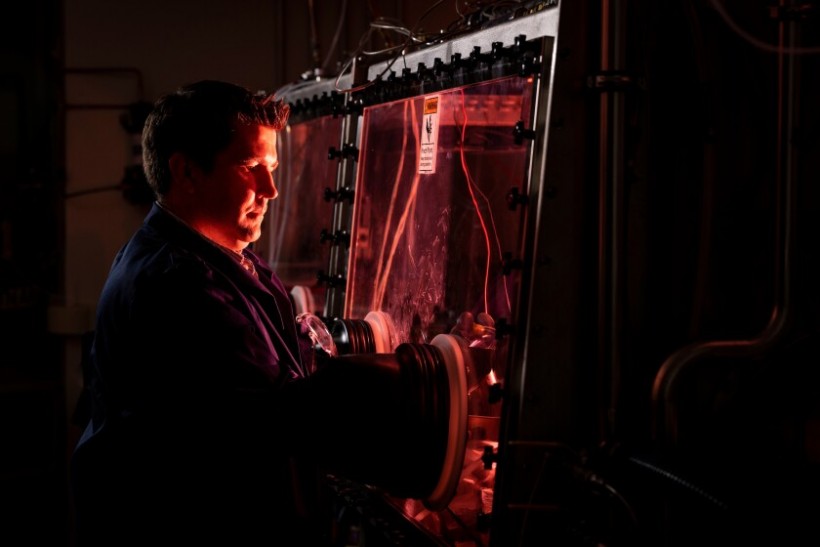A nuclear power plant is environmentally beneficial and generates 8000 times more power than fossil fuels, but when accidents do happen, they can have serious consequences, as in the case of the Chernobyl disaster in 1986. In the years that followed, radiation illness claimed the lives of close to 100 people.
However, a molten salt micro-nuclear reactor, developed by Brigham Young University (BYU) professor and nuclear engineering specialist Matthew Memmott and his colleagues, may provide safer nuclear energy production.

Molten Salt
The Light-Water Reactor is the type of nuclear reactor usually employed in America. When uranium atoms are divided to produce energy, the byproducts will emit a tremendous quantity of heat.
To keep everything sufficiently cool, water is pumped through solid fuel rods where they are maintained. The rods can overheat if there is insufficient cooling water flow, which puts the entire facility at risk of a nuclear meltdown.
Memmott suggests storing these radioactive materials in molten salt rather than utilizing fuel rods, according to a press release from BYU.
Memmott said that nuclear energy could be "extremely safe" and affordable if they are properly. Hence, his new reactor entails dissolving radioactive byproducts (generated during and following the nuclear reaction) into molten salt.
It is worth noting that nuclear waste is extremely harmful because nuclear materials can continue to release heat or radiation for tens of thousands of years while they are gradually cool.
However, the melting point of salt, which is 550°C, is so high that it doesn't take long for the temperature of these elements in salt to drop below it, as per BYU's press release.
The risk of a nuclear meltdown at a power station is then eliminated after the salt crystallizes since the heat radiated will be absorbed into the salt, which doesn't remelt.
The ability to remove hazardous nuclear waste is another advantage of the molten salt nuclear reactor design. There is no need to store the reaction's byproducts elsewhere because they are securely confined within the salt.
More importantly, the molten salts employed in the procedure are completely recyclable. Memmott's team discovered they could also remove oxygen and hydrogen while extracting valuable elements.
"Through this process, we can make the salt fully clean again and reuse it. We can recycle the salt indefinitely."
Read also: US Nuclear Regulator Approves Design of The 'First-Ever Generation-IV Nuclear Reactor'!
Micro-Reactor
A normal nuclear power plant's core is typically built in an exclusion zone that is just over one square mile in size and measures roughly 30 feet by 30 feet to decrease the risk of radiation exposure.
The molten salt nuclear micro-reactor built by the BYU scientist would be 4 feet by 7 feet. Furthermore, there is no requirement for a sizable exclusion zone because there is no chance of a meltdown, according to the research team.
Additionally, they claimed that their micro-reactor could generate enough energy to run 1,000 typical American houses.
Memmott explained that over the past 60 years, people have had the irrational belief that nuclear power is "bad, big, and dangerous."
"Those perceptions are based on potential issues for generation one, but having the molten salt reactor is the equivalent of having a silicon chip [in computing]. We can have smaller, safer, cheaper reactors and get rid of those problems."
Related Article: 'Flying Hotel That Never Lands': AI Sky Cruise Ship Will Use Nuclear Energy to Fly in Luxury
This article is owned by Tech Times
Written by Joaquin Victor Tacla









